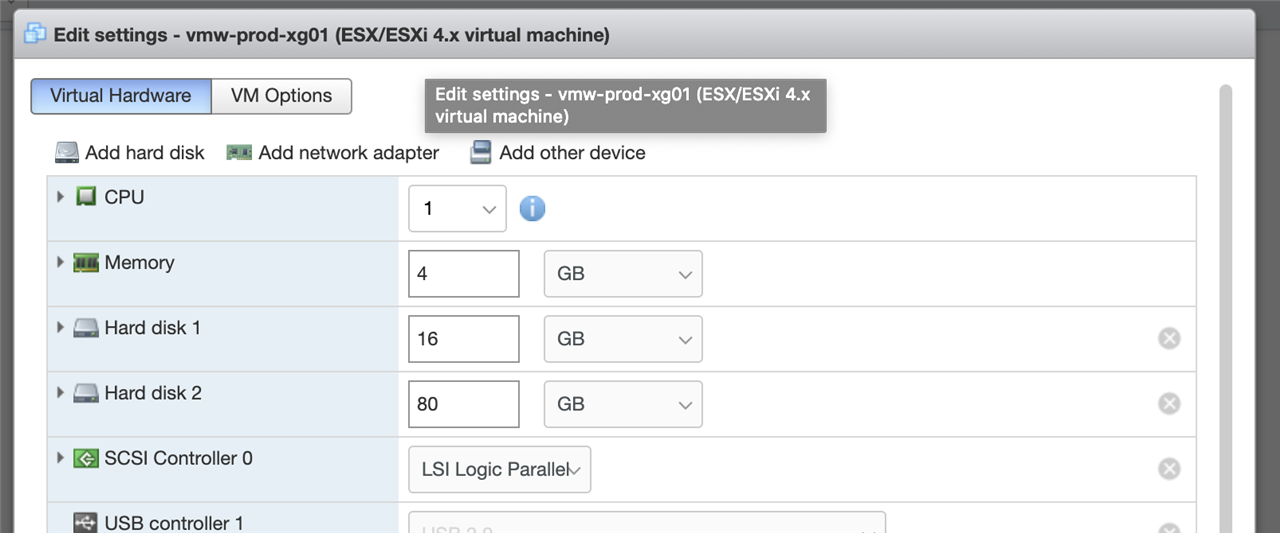Community,
I have some questions regarding the OVF files you can download as part of the official virtual XG VMware installer, there are:
- sf_virtualbox.ovf (for Oracle Virtualbox, that's clear)
- sf_virtual_vm7.ovf
- sf_virtual_vm8_paravirtual.ovf
- sf_virtual_vm8.ovf
- sf_virtual.mf (metadata file of the sf_virtual.ovf package)
- sf_virtual.ovf
and two .vmdk disk files:
- sf_virtual-disk1.vmdk
- sf_virtual-disk2.vmdk
There is an old community thread with the same question, but never got answered in detail by Sophos or some experienced users. As I want to learn and improve my knowledge, I have to ask:
- Where is the difference between the sf_virtual_vmX.ovf files and sf_virtual.ovf file?
- Why is the documentation so outdated and shows ESXi version 5.x in the screenshots?
- Is Sophos recommending using the VMware OVF files to install a virtual XG appliance? If so, why?
- The hardware version of the appliance provided by the OVF files seems a bit old (ESXi 4.x VM). Is this normal?

I hope you can help me out here!
Happy holidays
This thread was automatically locked due to age.
